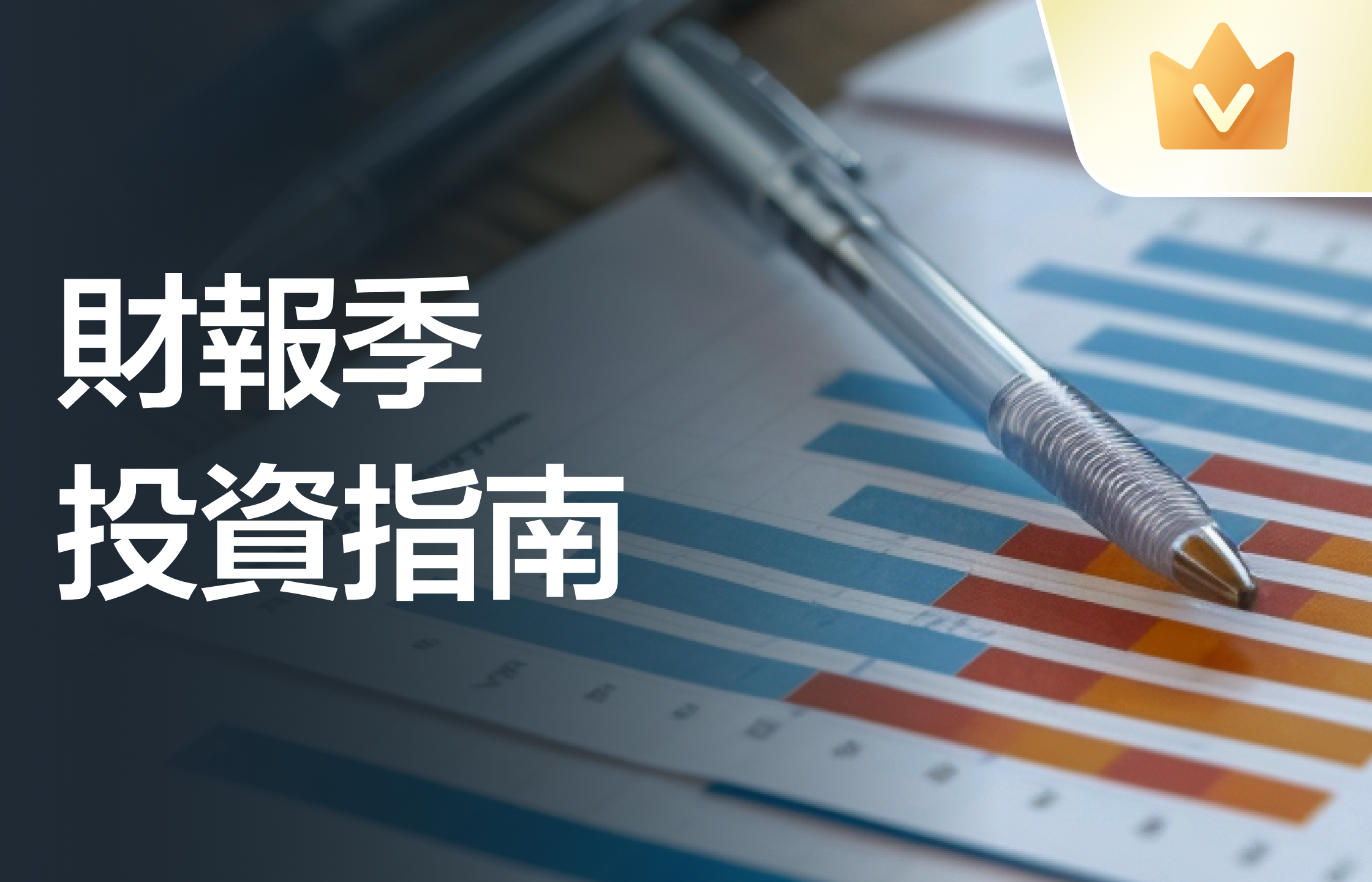We Think U.S. Physical Therapy (NYSE:USPH) Can Manage Its Debt With Ease
We Think U.S. Physical Therapy (NYSE:USPH) Can Manage Its Debt With Ease
Howard Marks put it nicely when he said that, rather than worrying about share price volatility, 'The possibility of permanent loss is the risk I worry about... and every practical investor I know worries about.' It's only natural to consider a company's balance sheet when you examine how risky it is, since debt is often involved when a business collapses. As with many other companies U.S. Physical Therapy, Inc. (NYSE:USPH) makes use of debt. But should shareholders be worried about its use of debt?
霍華德·馬克斯很好地總結了這一點,他說,與其擔心股票價格的波動,不如說「我擔心的風險是永久性損失的可能性……這是我認識的每個實際投資者所擔心的。」 在檢查一家公司風險有多大時,考慮其資產負債表是很自然的,因爲債務往往與企業倒閉有關。 像許多其他公司一樣,美國物理治療公司(NYSE:USPH)也利用了債務。 債權人的使用是否應該讓股東感到擔憂?
When Is Debt A Problem?
何時債務成爲問題?
Debt is a tool to help businesses grow, but if a business is incapable of paying off its lenders, then it exists at their mercy. Ultimately, if the company can't fulfill its legal obligations to repay debt, shareholders could walk away with nothing. However, a more usual (but still expensive) situation is where a company must dilute shareholders at a cheap share price simply to get debt under control. By replacing dilution, though, debt can be an extremely good tool for businesses that need capital to invest in growth at high rates of return. When we think about a company's use of debt, we first look at cash and debt together.
債務是幫助企業增長的工具,但如果企業無法償還債務人,那麼它就處於對方的 mercy。 最終,如果公司無法履行其償還債務的法律義務,股東可能會一無所獲。 然而,更常見(但仍然昂貴)的情況是,公司不得不以低廉的股價稀釋股東股份,以便控制債務。 然而,通過替代稀釋,債務可以成爲需要資本來高回報投資於增長的企業的極好工具。 當我們考慮一家公司的債務使用時,我們首先會將現金和債務放在一起來看。
What Is U.S. Physical Therapy's Debt?
美國物理治療公司的債務是多少?
As you can see below, U.S. Physical Therapy had US$142.5m of debt at September 2024, down from US$149.1m a year prior. However, it also had US$118.3m in cash, and so its net debt is US$24.2m.
正如下方所示,截至2024年9月,美國物理治療公司的債務爲14250萬美元,較前一年的14910萬美元有所下降。 然而,它同時擁有11830萬美元的現金,因此淨債務爲2420萬美元。
How Strong Is U.S. Physical Therapy's Balance Sheet?
美國物理療法的資產負債表有多強?
The latest balance sheet data shows that U.S. Physical Therapy had liabilities of US$115.3m due within a year, and liabilities of US$243.2m falling due after that. Offsetting this, it had US$118.3m in cash and US$77.1m in receivables that were due within 12 months. So its liabilities outweigh the sum of its cash and (near-term) receivables by US$163.1m.
最新的資產負債表數據顯示,美國物理療法的負債爲11530萬美元,需在一年內償還,24320萬美元的負債則在之後到期。相對而言,它有11830萬美元的現金和7710萬美元的應收款項將在12個月內到期。因此,其負債超出了現金和(短期)應收款項的總和16310萬美元。
Since publicly traded U.S. Physical Therapy shares are worth a total of US$1.45b, it seems unlikely that this level of liabilities would be a major threat. However, we do think it is worth keeping an eye on its balance sheet strength, as it may change over time.
由於上市交易的美國物理療法股票總值爲14.5億美元,這樣的負債水平似乎不會構成主要威脅。然而,我們確實認爲,密切關注其資產負債表的強度是值得的,因爲隨着時間的推移,這可能會發生變化。
We use two main ratios to inform us about debt levels relative to earnings. The first is net debt divided by earnings before interest, tax, depreciation, and amortization (EBITDA), while the second is how many times its earnings before interest and tax (EBIT) covers its interest expense (or its interest cover, for short). Thus we consider debt relative to earnings both with and without depreciation and amortization expenses.
我們使用兩個主要的比率來告訴我們相對於收益的債務水平。第一個是淨債務除以利息、稅、折舊和攤銷前利潤(EBITDA),而第二個是其利潤前利息和稅(EBIT)覆蓋其利息費用的次數(或其利息覆蓋率,簡稱)。因此,我們考慮與折舊和攤銷費用相關的盈利以及沒有相關費用的盈利相對於債務水平。
U.S. Physical Therapy's net debt is only 0.28 times its EBITDA. And its EBIT easily covers its interest expense, being 25.1 times the size. So you could argue it is no more threatened by its debt than an elephant is by a mouse. While U.S. Physical Therapy doesn't seem to have gained much on the EBIT line, at least earnings remain stable for now. The balance sheet is clearly the area to focus on when you are analysing debt. But it is future earnings, more than anything, that will determine U.S. Physical Therapy's ability to maintain a healthy balance sheet going forward. So if you're focused on the future you can check out this free report showing analyst profit forecasts.
美國物理療法的淨債務僅爲其EBITDA的0.28倍。其EBIT輕鬆覆蓋了利息支出,約爲25.1倍。因此你可以說它的債務不比大象對老鼠的威脅更大。雖然美國物理療法似乎在EBIT方面沒有太多增長,但至少目前收益保持穩定。當你分析債務時,顯然資產負債表是關注的重點。但未來的收益,最重要的是,將判斷美國物理療法保持健康資產負債表的能力。因此,如果你關注未來,可以查看這份免費的報告,了解分析師的利潤預測。
Finally, a business needs free cash flow to pay off debt; accounting profits just don't cut it. So we clearly need to look at whether that EBIT is leading to corresponding free cash flow. During the last three years, U.S. Physical Therapy generated free cash flow amounting to a very robust 91% of its EBIT, more than we'd expect. That puts it in a very strong position to pay down debt.
最後,一家企業需要自由現金流來償還債務;僅靠會計利潤是行不通的。因此,我們顯然需要關注EBIT是否能帶來相應的自由現金流。在過去三年中,美國物理療法產生的自由現金流佔其EBIT的91%,遠超我們的預期。這使其在償還債務方面處於非常強的位置。
Our View
我們的觀點
Happily, U.S. Physical Therapy's impressive interest cover implies it has the upper hand on its debt. And that's just the beginning of the good news since its conversion of EBIT to free cash flow is also very heartening. We would also note that Healthcare industry companies like U.S. Physical Therapy commonly do use debt without problems. Zooming out, U.S. Physical Therapy seems to use debt quite reasonably; and that gets the nod from us. While debt does bring risk, when used wisely it can also bring a higher return on equity. When analysing debt levels, the balance sheet is the obvious place to start. But ultimately, every company can contain risks that exist outside of the balance sheet. For instance, we've identified 4 warning signs for U.S. Physical Therapy that you should be aware of.
令人高興的是,美國物理療法公司令人印象深刻的利息覆蓋率意味着它在債務上佔據優勢。好消息的不僅僅是這一點,因爲它的EBIT轉化爲自由現金流的表現也令人鼓舞。我們還注意到,像美國物理療法這樣的醫療行業公司通常會合理使用債務。整體來看,美國物理療法似乎相對合理地使用債務;這得到了我們的認可。雖然債務確實帶來風險,但如果明智使用,它也能帶來更高的股本回報。在分析債務水平時,資產負債表顯然是一個好的起點。但最終,每家公司都可能存在資產負債表外的風險。例如,我們已經識別出美國物理療法的4個警示信號,您應該注意。
If, after all that, you're more interested in a fast growing company with a rock-solid balance sheet, then check out our list of net cash growth stocks without delay.
If, after all that, you're more interested in a fast growing company with a rock-solid balance sheet, then check out our list of net cash growth stocks without delay.
Have feedback on this article? Concerned about the content? Get in touch with us directly. Alternatively, email editorial-team (at) simplywallst.com.
This article by Simply Wall St is general in nature. We provide commentary based on historical data and analyst forecasts only using an unbiased methodology and our articles are not intended to be financial advice. It does not constitute a recommendation to buy or sell any stock, and does not take account of your objectives, or your financial situation. We aim to bring you long-term focused analysis driven by fundamental data. Note that our analysis may not factor in the latest price-sensitive company announcements or qualitative material. Simply Wall St has no position in any stocks mentioned.
對本文有反饋?對內容有疑慮?請直接與我們聯繫。或者,發送電子郵件至 editorial-team (at) simplywallst.com。
這篇來自Simply Wall St的文章是一般性的。我們根據歷史數據和分析師預測提供評論,採用無偏見的方法,我們的文章並不旨在提供財務建議。它不構成對任何股票的買入或賣出建議,也未考慮到您的目標或財務狀況。我們旨在爲您提供以基本數據驅動的長期分析。請注意,我們的分析可能未考慮最新的價格敏感公司公告或定性材料。Simply Wall St在提到的任何股票中均沒有持倉。
譯文內容由第三人軟體翻譯。



 The latest balance sheet data shows that U.S. Physical Therapy had liabilities of US$115.3m due within a year, and liabilities of US$243.2m falling due after that. Offsetting this, it had US$118.3m in cash and US$77.1m in receivables that were due within 12 months. So its liabilities outweigh the sum of its cash and (near-term) receivables by US$163.1m.
The latest balance sheet data shows that U.S. Physical Therapy had liabilities of US$115.3m due within a year, and liabilities of US$243.2m falling due after that. Offsetting this, it had US$118.3m in cash and US$77.1m in receivables that were due within 12 months. So its liabilities outweigh the sum of its cash and (near-term) receivables by US$163.1m. 







評論(0)
請選擇舉報原因